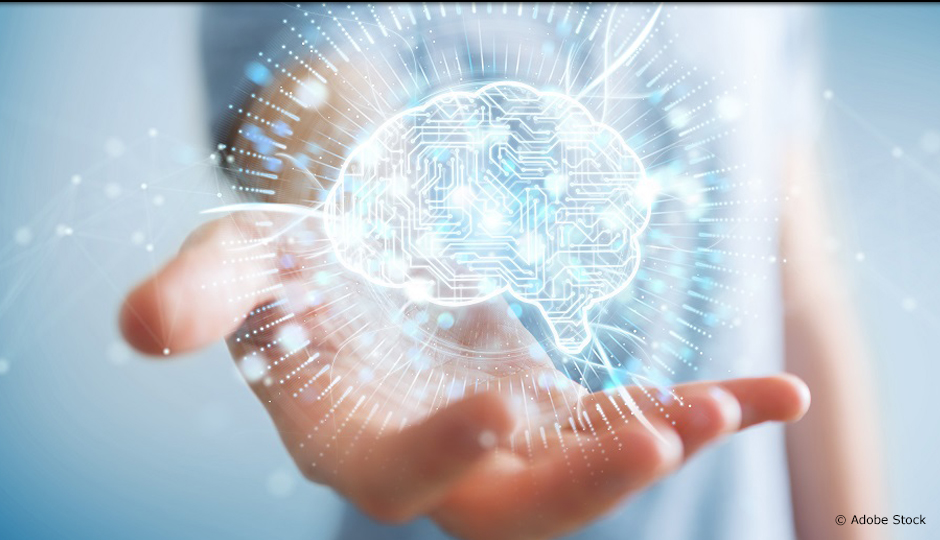Erosion carries grains of sand away from metal and mineral deposits and scatters them over dozens of kilometres. To locate the deposits, it is necessary to collect samples of sand and examine them under the microscope to identify the millions of grains they contain. This requires a great deal of time and precision, considering that grains of sand vary in size from one millimetre to smaller than the diameter of a hair! The team of Paul Bédard, a professor in the Department of Applied Sciences at Université du Québec à Chicoutimi, has developed a tool that uses artificial intelligence to automate this mineral identification process.
When the computer is presented with different sand samples, the algorithm learns to recognize each mineral.
When the computer is presented with different sand samples, the algorithm learns to recognize each mineral according to about fifty criteria. Based on a photo, it can then determine the percentage of several minerals found in the sample, with a success rate of 90%. In the mining industry, this represents a valuable increase in efficiency, because samples can be processed in a matter of minutes rather than ten hours. The method still needs to be refined, but the proof of concept has been demonstrated. The next step will be to improve the technology's functionality and make it easy to use.
At the same time, Professor Bédard and his team also developed two new tools to identify and quantify gold grains. They first created a reference material to validate the grain quantification process and ensure the accuracy of the results. They then developed a process that identifies gold grains based on the spectrum of reflected light. The project was realized in partnership with the Ministère de l'Énergie et des Ressources naturelles du Québec and IOS Services Géoscientifiques.




